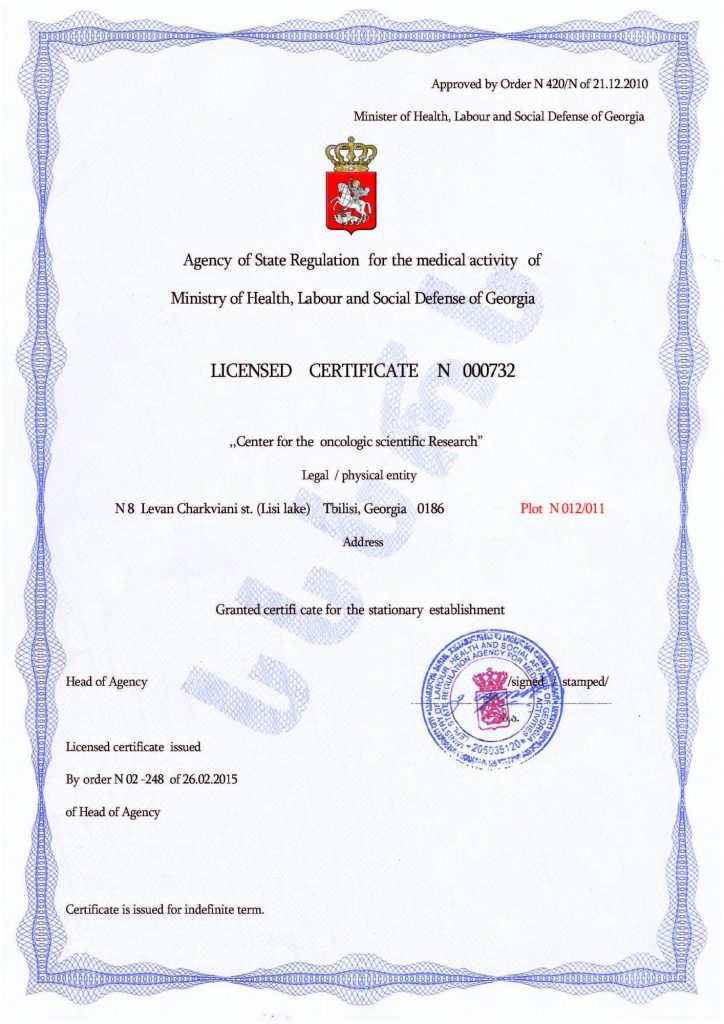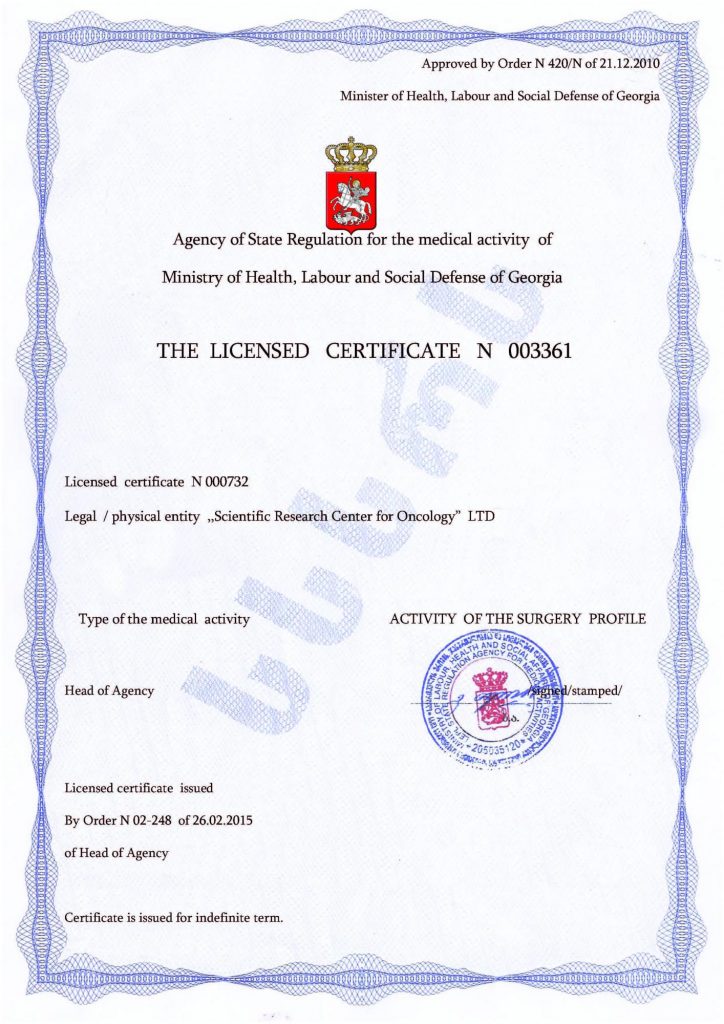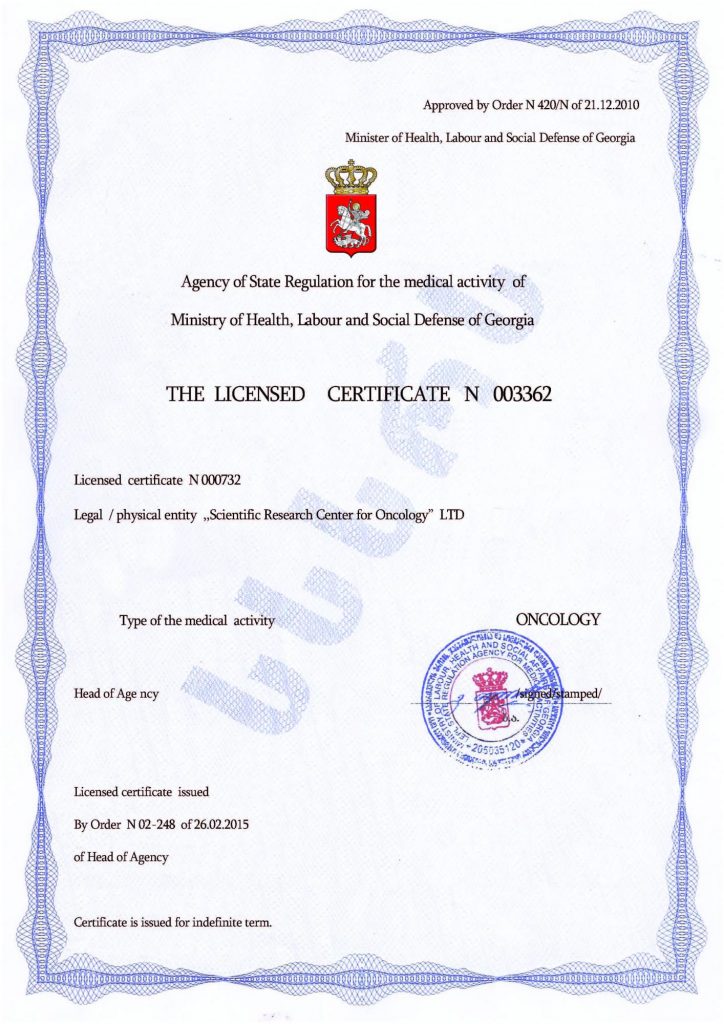How to Correctly Tell an Autistic Child That They Are Different from Others
Sooner or later, there comes a moment in a family when parents need to help their child understand the truth about themselves. With high-functioning autism, this will be easier than with more severe forms of the disorder. Many parents try to delay this conversation for as long as possible, pretending that nothing is unusual. However, this is not the right approach, and the more clearly and thoroughly you explain to your child how they are different, the more comfortable they will feel and the more they will appreciate their unique identity.
What Not to Do?
To avoid mistakes and harmful consequences, it’s important to clarify how not to tell an autistic child that they are different from others. Practicing psychologists advise against rushing this conversation and suggest carefully planning it in detail. It can even help to write a letter to your child if they already know how to read. Several important tips include:
- It shouldn’t be a spontaneous decision. Approach the conversation thoughtfully, choosing an appropriate time and situation.
- Don’t ignore the issue. The child needs to know who they are, and they should hear this from their closest family members.
- Avoid letting the child learn about their diagnosis from others (e.g., other children). The most traumatic situation occurs when the truth comes from outsiders. It’s unclear how and with what intention others will explain your child’s diagnosis, and the child may become even more withdrawn after such revelations.
- Avoid excessive emotionality in the conversation. Turning the diagnosis of autism into a tragedy or visibly displaying your emotions in front of your child is not advisable. First, the child may misinterpret your emotions. Second, they may begin to feel inferior.
How to Properly Talk to a Child About Their Autism?
Well-known psychotherapist Stephen Shore suggests breaking this conversation into four steps:
Step One: Discuss the child’s strengths. Of course, having a full conversation with an autistic child may not always be possible. For non-verbal children, you can use visual aids, such as pictures, to explain who your child is. Emphasize their strong traits, such as focus, perseverance, the ability to organize things, a passion for creativity and music, kindness, etc.
Step Two: Talk about the difficulties they will still need to work on every day. Explain that the child may be inattentive, may not hear their parents’ requests, may not know how to do certain things, etc. Then, for each issue, propose ways to address it. Discuss how you can work together to overcome these challenges. The child needs to understand that everyone has both strengths and weaknesses.
Step Three: Use examples from other people, both close and familiar. Explain that every person has their strengths and weaknesses. Everyone excels in some areas and struggles in others. When we discuss others’ shortcomings, it’s not to blame them, but to understand that everyone is different.
Step Four: Explain to the child what autism is. Describe how people with autism behave. Explain the challenges they face and how they differ from the majority of others. Be sure to emphasize that these individuals need understanding and support, not pity. Then, steer the conversation to remind your child that they are one of those special children. Reinforce their strengths and uniqueness. And, of course, hug them and provide all your emotional support.
Autism Correction Through Stem Cell Therapy – Timely Help for the Child
Autistic manifestations can vary greatly, from mild ASD traits to severe non-verbal autism with other associated pathologies. Nevertheless, for a parent, their child is unique and deserving of the chance to live a full life. The Mardaleishvili Medical Center has been practicing bone marrow transplantation for children with autism for many years with the goal of further rehabilitation and autism correction. After the procedure, children make significant progress in speech, social skills, and communication.
Would you like to learn more about the procedure? Get a consultation from the doctors at the Mardaleishvili Clinic in Georgia!
Autism Treatment Center Videos
Autism treatment with own stem cells
Cord blood association congress
International Quality Crown
Autism Treatment Reviews
Autism treatment with own stem cells
The story of Alessandro (6 years old)
Autism Patient Testimonial - Stem Cell Treatment
Clients Testimonials
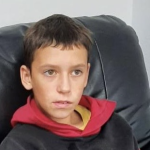
Feedback from Igor, David’s father (12 years old) Read More
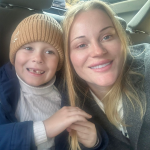
Feedback from Olga, Fedya’s mother Read More
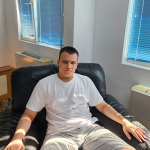
Feedback from Natalia, Radomir’s mother (15 years old) Read More
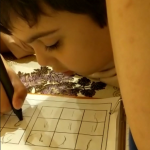
Feedback from Esther, Samuel’s mother (8 years old) Read More
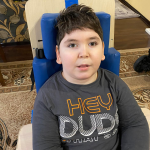
Feedback from Abibe, Selim’s mother (7 years old) Read More









